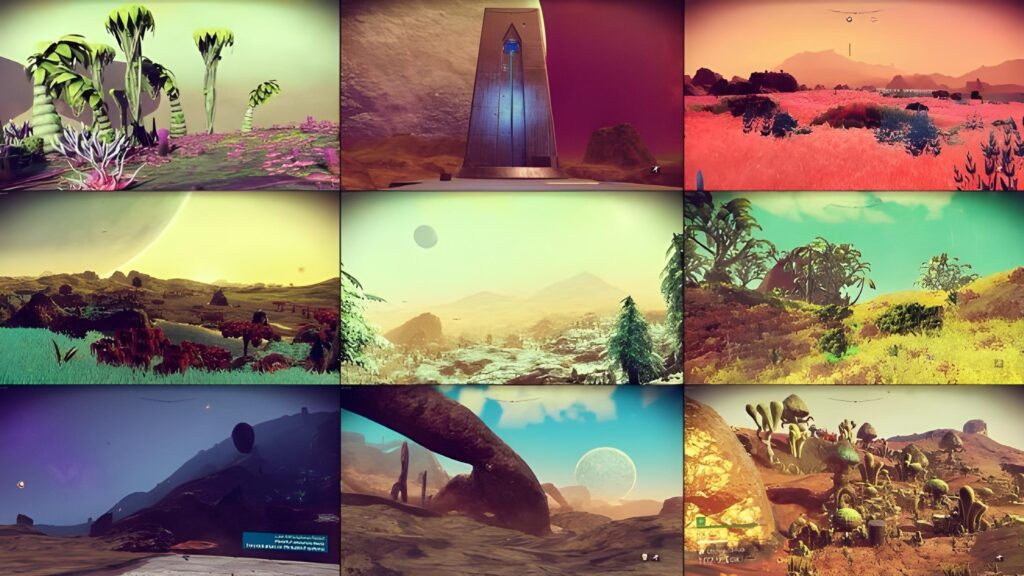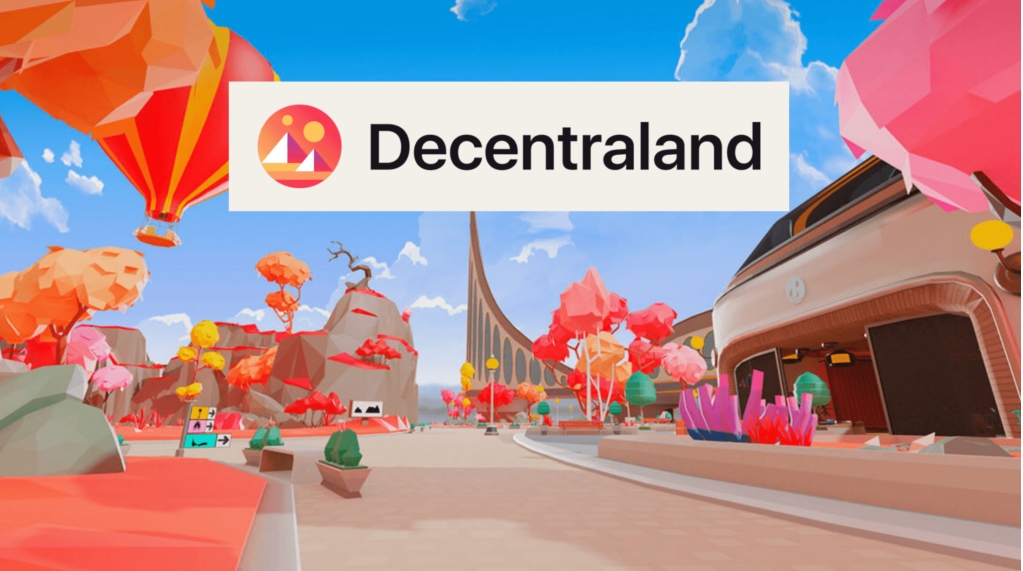Takeaway
Virtual world development has evolved from simple 2D environments to complex, immersive 3D ecosystems that blend gaming, social interaction, and real-world applications. This article explores the intricate processes involved in creating virtual worlds, the technologies that drive them, and the implications for the future of gaming and beyond.
Introduction to Virtual World Development
The concept of virtual worlds has transcended mere entertainment, evolving into multifaceted platforms that serve various purposes, including education, social interaction, and commerce. As of 2023, the global virtual reality (VR) market is projected to reach $57.55 billion, growing at a compound annual growth rate (CAGR) of 44.5% from 2020 to 2027 (Fortune Business Insights, 2023). This rapid growth underscores the importance of understanding the development processes that bring these virtual environments to life.
Understanding Virtual Worlds
Virtual worlds are computer-generated environments that allow users to interact with each other and the environment in real-time. They can be categorized into various types, including:
- Massively Multiplayer Online Games (MMOs): Games like “World of Warcraft” and “Final Fantasy XIV” exemplify this category, where thousands of players interact in a shared universe.
- Social Virtual Worlds: Platforms like “Second Life” and “VRChat” focus on social interaction, allowing users to create avatars and engage in various activities.
- Simulation Environments: Applications such as “Microsoft Flight Simulator” and “SimCity” provide realistic simulations for training and entertainment.
The Development Process
1. Conceptualization
The first step in virtual world development is conceptualization, where developers outline the core idea, target audience, and unique selling points. This phase often involves brainstorming sessions, market research, and the creation of a design document that serves as a blueprint for the project.
2. World Building
World building is a critical aspect of virtual world development. It involves creating the environment, lore, and rules that govern the virtual space. Developers utilize tools like Unity and Unreal Engine to design 3D models, landscapes, and interactive elements. For instance, “No Man’s Sky” employs procedural generation to create vast, explorable universes, allowing for nearly infinite variations in terrain and ecosystems.

With procedural generation, No Man’s Sky creates vast and explorable worlds.
3. Technical Architecture
The technical architecture of a virtual world encompasses the underlying systems that support user interactions, data management, and real-time rendering. Key components include:
- Game Engines: Engines like Unity and Unreal Engine provide the necessary frameworks for rendering graphics, physics simulation, and user input handling.
- Networking: Multiplayer experiences require robust networking solutions to manage player connections, data synchronization, and latency issues. Technologies such as Photon and Mirror are commonly used for real-time multiplayer functionality.
- Database Management: Virtual worlds often require extensive databases to store user data, game assets, and world states. Solutions like MySQL and MongoDB are frequently employed to manage this data efficiently.
4. User Interface (UI) and User Experience (UX) Design
A well-designed UI/UX is crucial for user engagement. Developers must create intuitive interfaces that facilitate navigation and interaction within the virtual world. This includes designing menus, HUDs (heads-up displays), and interactive elements that enhance the overall experience. Research indicates that 88% of online consumers are less likely to return to a site after a bad experience (Gomez, 2023), highlighting the importance of effective UI/UX design.
5. Testing and Quality Assurance
Testing is an essential phase in virtual world development. It involves identifying bugs, optimizing performance, and ensuring that the user experience meets expectations. Various testing methodologies, including alpha and beta testing, are employed to gather feedback from real users. According to a report by the International Game Developers Association (IGDA), 70% of game developers consider quality assurance a critical component of the development process (IGDA, 2022).
6. Launch and Post-Launch Support
Once the virtual world is ready, it is launched to the public. However, the development process does not end here. Post-launch support is vital for maintaining user engagement and addressing any issues that arise. This includes regular updates, bug fixes, and the introduction of new content to keep the community active. For example, “Fortnite” has successfully maintained its player base through continuous updates and seasonal events, generating over $9 billion in revenue since its launch in 2017 (Business Insider, 2023).
Real-World Examples of Successful Virtual Worlds
1. Roblox
Roblox is a prime example of a user-generated content platform that has revolutionized virtual world development. Launched in 2006, it allows users to create their own games and experiences using the Roblox Studio. As of 2023, Roblox boasts over 200 million monthly active users, with a significant portion of its revenue generated from in-game purchases (Roblox Corporation, 2023). This model highlights the potential for user-generated content to drive engagement and monetization.
2. Decentraland
Decentraland is a blockchain-based virtual world that allows users to buy, sell, and develop virtual real estate. Utilizing Ethereum’s blockchain technology, Decentraland enables true ownership of digital assets through non-fungible tokens (NFTs). As of 2023, the platform has seen land sales exceeding $100 million, demonstrating the growing interest in virtual real estate (CoinDesk, 2023).

The Future of Virtual World Development
The future of virtual world development is poised for significant advancements, driven by emerging technologies such as artificial intelligence (AI), augmented reality (AR), and 5G connectivity. AI can enhance NPC (non-player character) behavior, making interactions more realistic and engaging. AR can bridge the gap between the physical and virtual worlds, creating hybrid experiences that enrich user engagement. Furthermore, the rollout of 5G networks will enable faster data transfer and lower latency, enhancing the overall experience in multiplayer environments.
Key Points
- Virtual worlds have evolved into complex ecosystems that serve various purposes beyond gaming.
- The development process involves multiple stages, including conceptualization, world building, technical architecture, UI/UX design, testing, and post-launch support.
- Successful examples like Roblox and Decentraland illustrate the potential for user-generated content and blockchain technology in virtual worlds.
- The future of virtual world development will be shaped by advancements in AI, AR, and 5G connectivity.
Conclusion
Virtual world development is a multifaceted process that requires a blend of creativity, technical expertise, and user-centric design. As the industry continues to evolve, understanding the intricacies of this development process will be crucial for game developers looking to create engaging and immersive experiences. The potential for virtual worlds extends far beyond gaming, offering opportunities for social interaction, education, and commerce. By leveraging emerging technologies and innovative design practices, developers can shape the future of virtual environments, creating spaces that resonate with users and redefine how we interact with digital content.
References
- Fortune Business Insights. (2023). Virtual Reality Market Size, Share & COVID-19 Impact Analysis. Retrieved from [Fortune Business Insights](https://www.fortunebusinessinsights.com/industry-reports/virtual-reality-market-100074)
- Gomez, A. (2023). The Importance of User Experience in Online Platforms. Retrieved from [User Experience Research](https://www.userexperienceresearch.com)
- International Game Developers Association (IGDA). (2022). Developer Satisfaction Survey. Retrieved from [IGDA](https://www.igda.org)
- Business Insider. (2023). Fortnite Revenue: How Epic Games Made Billions. Retrieved from [Business Insider](https://www.businessinsider.com/fortnite-revenue-epic-games-2023)
- Roblox Corporation. (2023). Roblox Annual Report. Retrieved from [Roblox](https://www.roblox.com)
- CoinDesk. (2023). Decentraland Land Sales Exceed $100 Million. Retrieved from [CoinDesk](https://www.coindesk.com)

